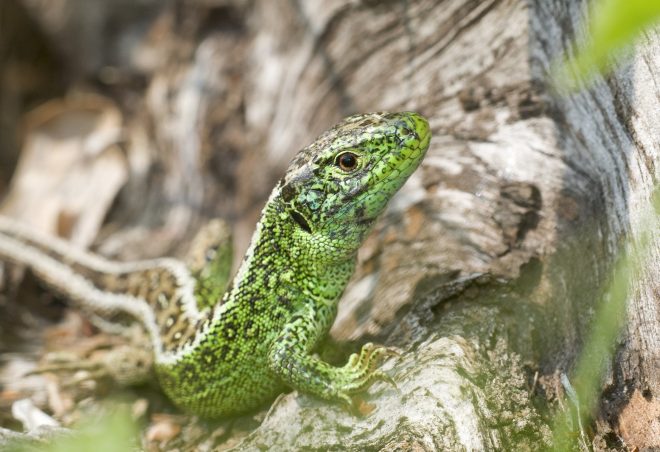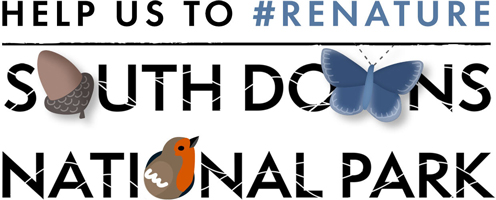Popular festival returns as research reveals butterflies are bouncing back in South Downs
June 10, 2025
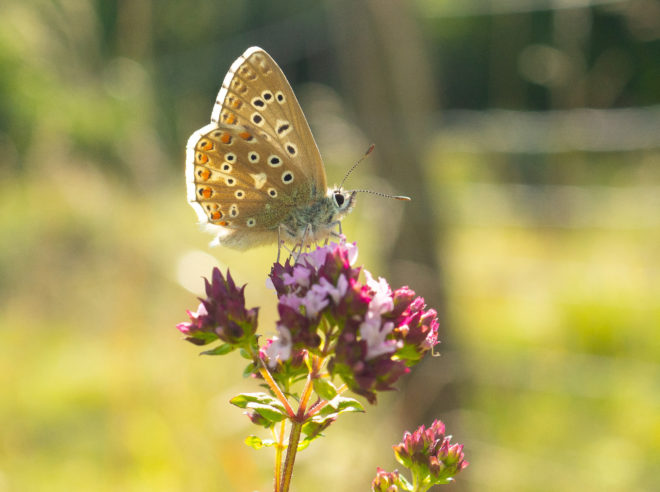
People are being encouraged to connect with nature this summer as a popular festival returns to inspire us about the amazing wildlife on our doorstep.
The South Downs National Park’s ReNature Festival takes place from June 22 to 29 with a fascinating array of activities to help people connect with some of the rarest habitats in the world.
This year’s festival explores the sights and sounds of nature, as well as three key habitats in the National Park: the butterfly havens of chalk grasslands, reptile-rich heathlands, and the dark night skies that are oases for nocturnal wildlife.
Fun activities include guided nature walks at stunning locations, “bioblitzes” to discover all creatures great and small, rock pooling, talks, night-time safaris and immersive nature sound experiences. Among the highlights will be a guided walk at a former golf course near Brighton that is now teeming with butterflies.
It comes as new ecological data reveals that the National Park’s ongoing ReNature initiative – which is aiming to restore and create wildlife havens across Sussex and Hampshire – is having a significant impact.
Since 2020, eminent ecologist Neil Hulme has carried out butterfly surveys at 27 sites that are being restored or maintained by the South Downs National Park Authority and its partners.
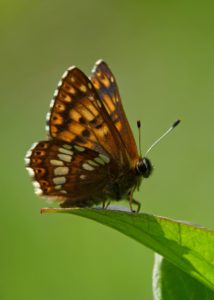
Almost 6,000 butterflies from 36 species have been counted in that time, including the highest count of the rare Duke of Burgundy butterfly to date and new discoveries such as the Hornet Robberfly and Cistus Forester moth. The study shows that the richest butterfly fauna is being found on sites with good habitat management, including success stories such as Beeding Hill which is now bountiful in the iconic adonis blue butterfly.
Meanwhile, there is a growing list of scientifically-backed studies reporting a variety of species bouncing back in the National Park, including the natterjack toad, bats and water vole.
The ReNature campaign was launched four years ago in response to the national biodiversity crisis with the goal of transforming 13,000 hectares – or over 20,000 football pitches – into habitat for wildlife by 2030.
The campaign is now well over halfway to reaching its target. A total of 6,766 hectares – an area bigger than Portsmouth – has been created or improved to help nature thrive.
The work has included planting over 70,000 trees, adding over 160 football pitches of wildflowers, planting 35km of hedges, restoring ponds, and creating new wildlife havens on the edges of farms and urban development. Around a dozen new sites across the National Park are due to receive support to help create more wildflower meadows.
Figures show that the National Park’s planning role is also having a big impact, with Biodiversity Net Gain (BNG) coming out at three times the target for last year. This means that many developments are improving habitats for wildlife compared to what was there previously.
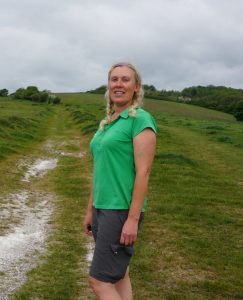
Jan Knowlson, Biodiversity Officer for the National Park, said: “We’re really excited to announce the festival at a time when so much is being done to help wildlife bounce back. This is great opportunity to learn more about the rare habitats of the South Downs National Park and what’s being done to help them flourish.
“The biodiversity crisis is very real and not going away – there are almost 1,500 native species of plants and animals in the UK now threatened with extinction.
“But there’s so much we can do to turn the tide on biodiversity loss by creating those spaces and refuges, however big or small, for wildlife.
“We want to inspire people to connect with nature and do their bit if they can, whether it’s creating a pollinator-friendly garden, organising a community litter pick or doing some wildlife surveying.”
And Jan added: “Nature recovery doesn’t happen overnight, but the ecological studies are very encouraging and show that nature really can flourish given the chance. The South Downs is renowned for its butterflies, so it’s wonderful to know they are doing well.”
The full programme for the ReNature Festival can be found at www.southdowns.gov.uk/renature-festival/ or find a PDF version here. Many of the events are free and drop-in, while others need to booked in advance.
A free online pack is also available, crammed with fun nature-based activities and information for the whole family to enjoy.
As part of the ReNature initiative and to mark National Parks’ 75 birthday, schools across the National Park and surrounding areas can apply for grants of up to £1,000 to be used in their school grounds for supporting nature. Grants could be used to create a wildflower meadow, planting trees, digging a pond, building a bee hotel, installing bird boxes or creating an allotment. Applications can be made up until 31 July 2025 and will be given a first-come-first-served basis.
To apply for a ReNature grant, visit https://southdownstrust.org.uk/national-parks-75th-birthday-renature-fund-for-schools/
To donate to the campaign visit the South Downs National Park Trust.
